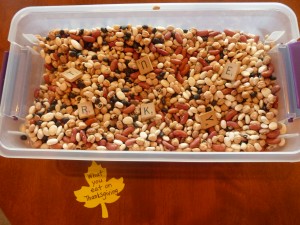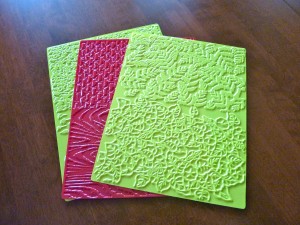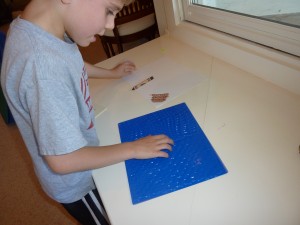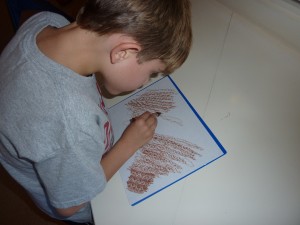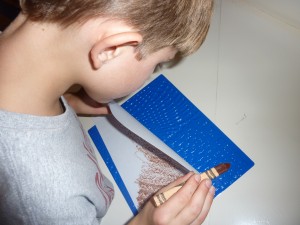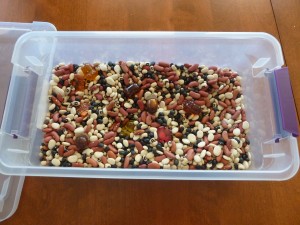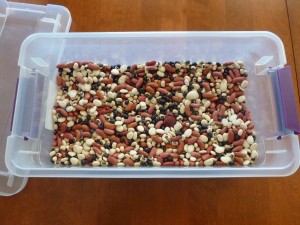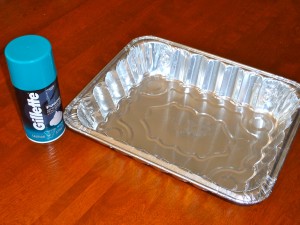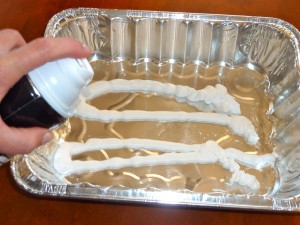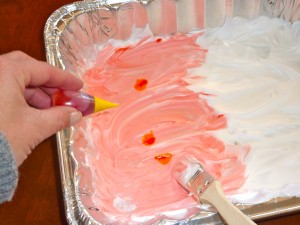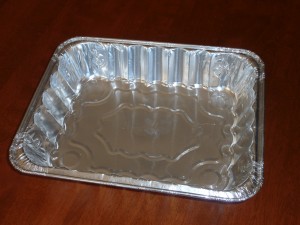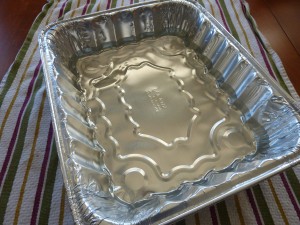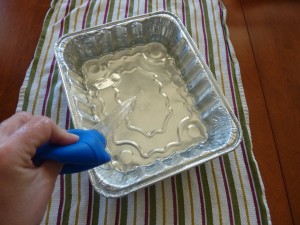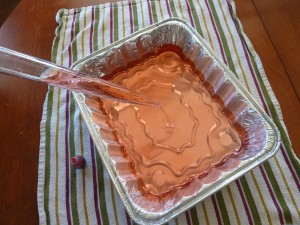I love using the bean bin in My Obstacle Courses because I can work on my son’s sensory issues while combining it with things that he finds interesting. Â He loves letters and words so for us it makes complete sense to combine the two!
Most everyone has a Scrabble game in their house, a game that is new to me, Bananagram (which has Scrabble-like letters), or those colorful magnet letters for the refrigerator. Â I realized that using items like these would be a fun, literacy based add-in to the sensory bin and could be used in many different ways. Â Here are a few:
Letter Identification
1. Â If your child is working on letter identification, place some letters in there and when they are found, identify them together. Â One extension of this could be sorting the letters by vowel and consonant.
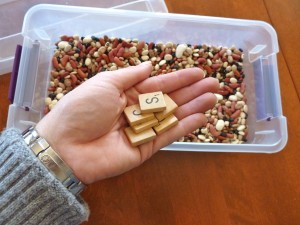
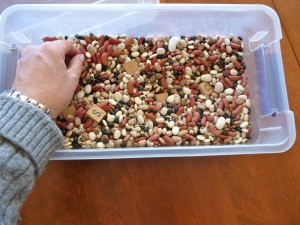

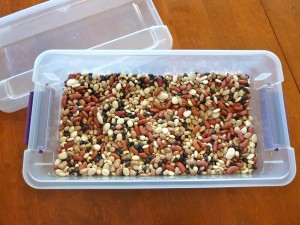
Making Words- Child’s Name or Picture Card Word
2. Â Put only the letters in the bin that are needed to make a certain word (ex. their name or a word on a picture flash card). Â Have your child find the letters and “make the same” word as on the card.
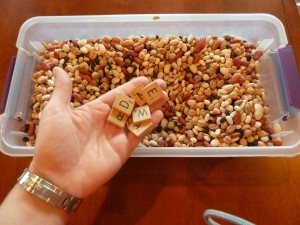

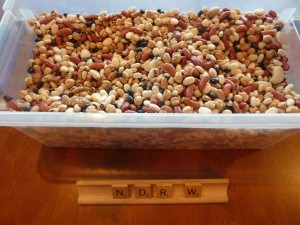

Or…


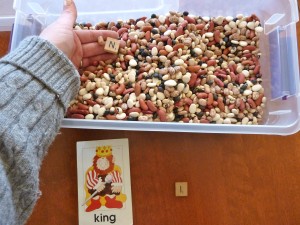

Mystery Word
3. Â Put only the letters in the bin that are needed to make a certain word based on your theme or something they are studying in school. Â Write out a clue for your child to see if they can identify the word and spell it using the letters found. Â You could provide a Hangman-type sheet of paper with the exact number of letters so they have a place to work with and play around with the letters until the word is figured out. Â Additional clues can be given if it turns out to be too challenging- remember, this is supposed to be fun time with you!!

